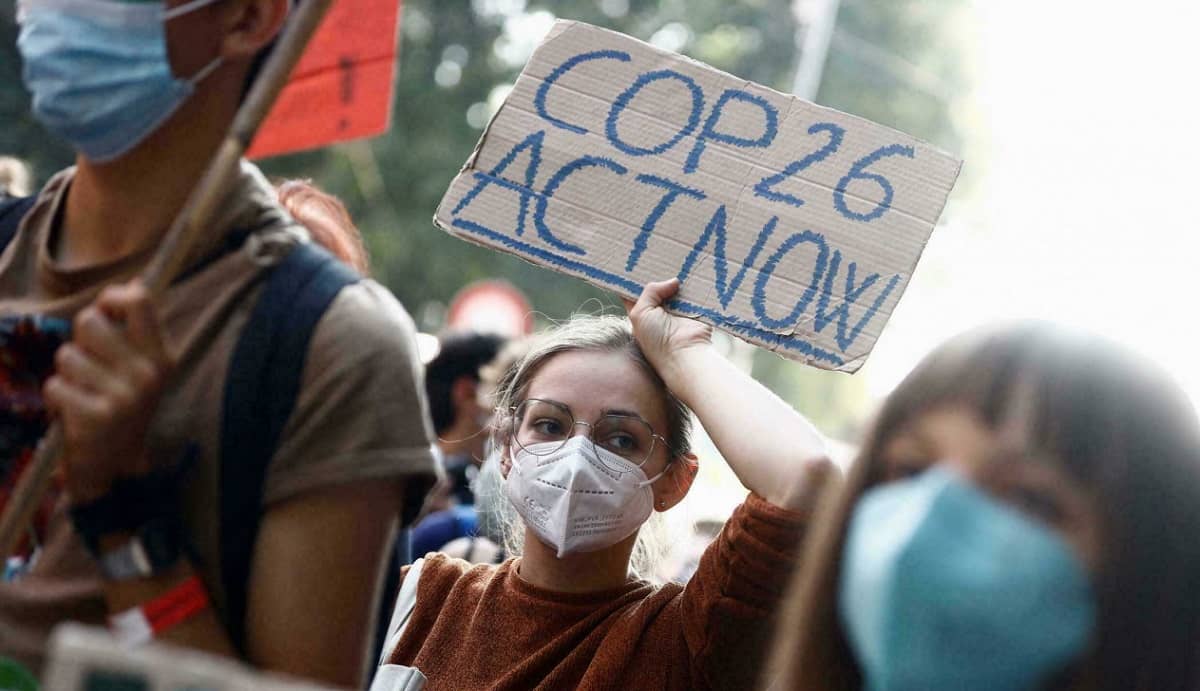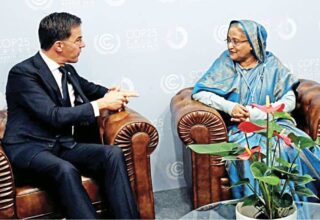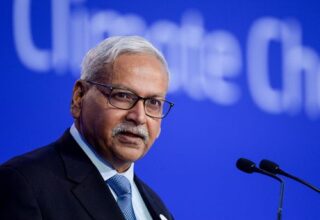
The two-week-long 26th Conference of Parties (COP26) of the United Nations Framework Convention on Climate Change (UNFCCC) is scheduled to begin in Glasgow, Scotland on October 31. This article is for the benefit of both journalists and readers who will be following the climate conference and want to understand what will be happening there over the course of two weeks.
As one of the few people who has attended every single one of the previous 25 COPs, I would like to share some tips on what events to follow, and how to follow them effectively.
There are a few prevailing misconceptions about COPs in general, and some misperceptions about COP26 in particular. The first misperception is that it is being described as a summit of government heads who are coming to Glasgow in order to make a new agreement.
The COP is an annual meeting of officials from every country that is a party to the UNFCCC, to review progress and agree on new actions. It takes place over two weeks, with the first week involving a meeting among technical experts and bureaucrats, and the second week involving a high-level meeting where ministers arrive to make the final political agreement.
So the COP is not a summit of leaders, but the heads of governments are sometimes invited by the head of the government of the host country. In this case, British Prime Minister Boris Johnson has indeed invited world leaders to attend the opening day, which is designated as the Leaders’ Day. Many heads of governments, including US President Joe Biden, Indian Prime Minister Narendra Modi, and Bangladesh Prime Minister Sheikh Hasina have accepted this invitation. Others like Chinese President Xi Jinping and Russian President Vladimir Putin will not attend the event in person, but their governments will be fully represented at the conference.
So, whether a world leader goes to Glasgow or not is completely immaterial to the success of the meeting. Even if they go, they will only have a photo with Prime Minister Boris Johnson, but will have no real input for the negotiations, which will only begin after the leaders have left Glasgow.
The second misperception is that a new agreement will be negotiated in Glasgow, which is not at all correct. The main agreement was the Paris Agreement at COP21 in 2015, and subsequent COPs are focusing on how to better deliver the Paris Agreement, rather than coming up with a new Glasgow agreement.
It is important to note that there are many things happening in the city hosting the COP each year, of which the official negotiations by governments is only one part. Of the tens of thousands of people from around the world who go to the COP, most are not negotiators, but represent different groups of stakeholders, including civil society, companies, youth, indigenous peoples, mayors, and parliamentarians.
Of course, due to the restrictions on international travel caused by the Covid-19 pandemic, there will be fewer people in attendance this year. Nevertheless, there may be up to 20,000 people in Glasgow during the two weeks of COP26.
The location where the official government negotiations take place is designated the Blue Zone, and for the duration of the COP is under the jurisdiction of the United Nations. Access to Blue Zone is restricted to the UN badge-holders only.
The COP host country also provides another venue for holding many side events and meetings in the Green Zone, where access is much easier and where many NGOs and others hold networking events.
The business community also has a big presence in every COP, but they usually book all the five-star hotels in the city and hold their own events, where they can wine and dine selected delegates from key countries.
In recent COPs, we have also had the presence of Swedish climate activist Greta Thunberg and thousands of youth who not only hold their own events, but also organise a big march on Saturday in the middle of the two-week conference.
This march by youth and others can bring up to a 100,000 people to the streets.
Finally, there are many journalists who attend the COP, usually towards the end of it, to cover the final outcome. Nowadays, in addition to the usual global media, there are also many journalists from developing countries. Bangladesh usually has a good number of journalists at the COP each year, including several TV channels who do daily live reports from the venue.
Now, let’s look at the major issues that are likely to be on the agenda for COP26. Although there are a large number of agenda items to discuss, three major issues stand out. The first and most important is how we are doing in maintaining the cap of 1.5 degrees Celsius temperature rise, as per the agreement at COP21. This will be calculated by adding up each country’s Nationally Determined Contribution (NDC), which gives their plans for reducing greenhouse gas (GHG) emissions. Unfortunately, as per the NDCs submitted so far, we are headed for a 2.7 degrees Celsius rise—much higher than the planned 1.5 degrees—so every country will have to raise their ambitions severalfold.
The second important item is money. The developed countries pledged to provide developing countries with USD 100 billion a year starting from 2020 onwards, but failed miserably to fulfil that pledge. They must deliver it to regain any semblance of credibility going forward.
Thirdly, and this is indeed new, the issue of loss and damage from human-induced climate change, which has become a reality that needs to be discussed at a high level in COP26 to be considered a success. My own litmus test for the success of COP26 is the extent to which the developed countries are willing to take the issue of loss and damage seriously.
Originally this article was published on October 27, 2021 at Daily Star. The author Prof. Saleemul Huq is the director of the International Centre for Climate Change and Development (ICCCAD) at the Independent University, Bangladesh (IUB).
Email: saleemul.huq@icccad.org





